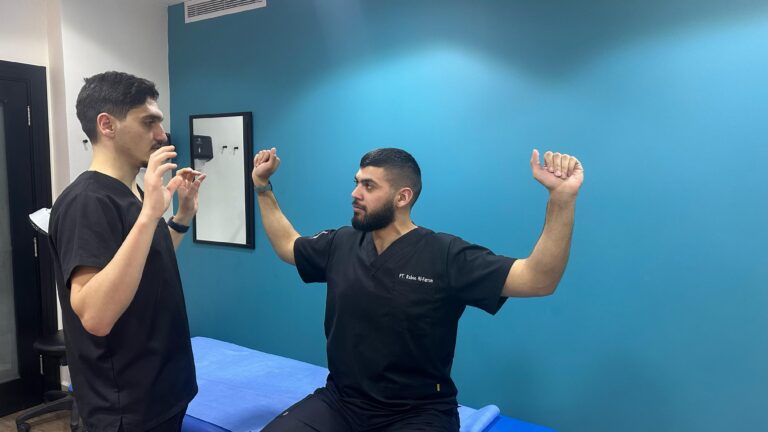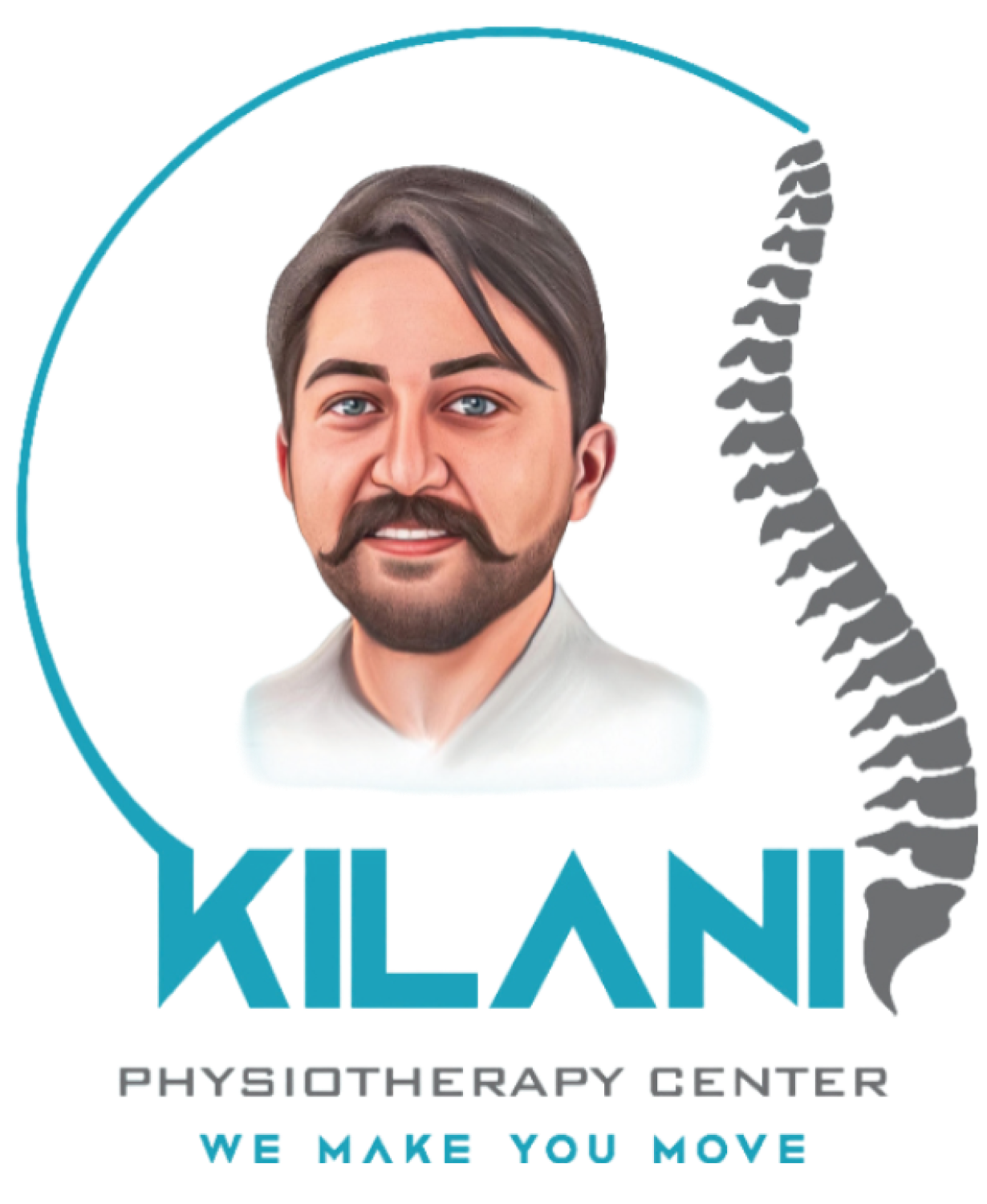Thoracic Outlet Syndrome: Symptoms, Causes, Treatments, and the Role of Physiotherapy
Kilani
February 15, 2025

Introduction
Thoracic Outlet Syndrome (TOS) is a condition that occurs when the nerves or blood vessels in the thoracic outlet—a space between the collarbone and the first rib—become compressed. This can lead to pain, numbness, and weakness in the shoulder, arm, and hand. TOS can significantly impact daily activities and quality of life. Understanding its causes, symptoms, and treatment options is essential for effective management. Its one of cases that we face in daily bases in Kilani physiotherapy center
Symptoms of Thoracic Outlet Syndrome
The symptoms of TOS vary depending on whether it affects the nerves (neurogenic TOS), veins (venous TOS), or arteries (arterial TOS). Common symptoms include:
Neurogenic TOS: Numbness, tingling, or weakness in the arm, hand, and fingers; muscle atrophy in the hand; pain in the neck, shoulder, and arm.
Venous TOS: Swelling in the arm, blue or purple discoloration, heaviness, and pain.
Arterial TOS: Coldness, pale skin, pain, and weak or absent pulses in the affected arm.
Causes of Thoracic Outlet Syndrome
everal factors can contribute to TOS, including:
Anatomical variations : Extra ribs (cervical ribs) or abnormal muscle attachments can compress the thoracic outlet.
Poor posture :Slouching or forward head posture can lead to compression of nerves and blood vessels. This is the main cause of TOS we see in Kilani physiotherapy center
Repetitive activities : Jobs or sports that involve repetitive arm movements (e.g., typing, swimming, or weightlifting) can contribute to TOS.
Trauma :Injuries from accidents or falls may result in inflammation or changes in the thoracic outlet region.
Tumors or abnormal growths : These can also press on nerves or blood vessels, though they are rare causes of TOS.
Treatment Options
Treatment for TOS depends on the severity and type of the condition. Common treatment approaches include:
Non-Surgical Treatments
Physical Therapy: Strengthening and stretching exercises help improve posture and reduce compression on nerves and blood vessels.
Pain Management: Medications such as anti-inflammatory drugs, muscle relaxants, or pain relievers can help manage symptoms.
Lifestyle Modifications: Adjusting ergonomics at work, avoiding repetitive overhead movements, and improving posture can reduce symptoms.
Manual Therapy: Techniques like massage, myofascial release, and joint mobilization can relieve muscle tightness and improve mobility. ( The main therapy we used in our physiotherapy center based on its effect on TOS cases)
Surgical Treatments
If conservative treatments fail, surgical options such as first rib resection or scalenectomy (removal of muscles compressing the nerves) may be considered.
Role of Physiotherapy in the Treatment of Thoracic Outlet Syndrome
Physiotherapy plays a crucial role in managing TOS.
A physiotherapist tailors a treatment plan based on the patient’s specific condition, focusing on:
Postural Correction: Exercises to strengthen the upper back and shoulder muscles while promoting better alignment.
Stretching and Mobilization: Targeting tight muscles such as the scalene and pectoral muscles to relieve nerve compression.
Nerve Gliding Exercises: Helping the nerves move freely through the thoracic outlet without irritation.
Strengthening Exercises: Focusing on the scapular stabilizers and core muscles to improve shoulder mechanics.
Patient Education: Teaching ergonomic modifications and activity modifications to prevent symptom aggravation.
Conclusion
Thoracic Outlet Syndrome can be a debilitating condition, but with proper diagnosis and treatment, including physiotherapy, most patients experience symptom relief and improved function. Early intervention is key to preventing chronic complications and maintaining a good quality of life. If you suffer from this condition, do not hesitate to contact us at our branches in Jordan and Dubai.
Learn more about how our physiotherapy services help treat nerve and muscle pain.
